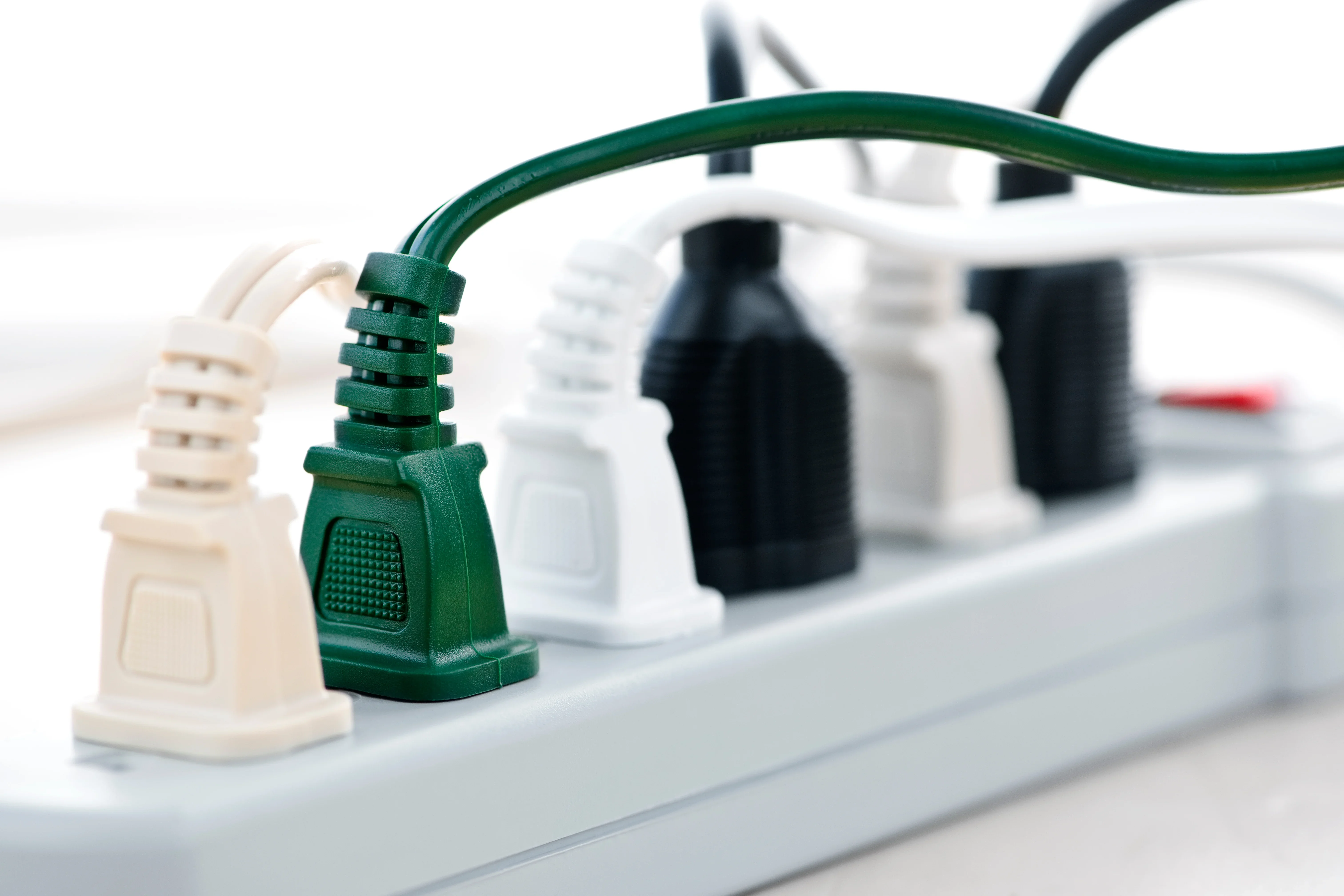Our Office: 4100 32nd Ave. S. Fargo, ND 58104
Safeguard your home electronics

Almost every home is filled with valuable electronics like kitchen appliances, televisions, computers, and gaming systems. While we often invest considerable time and money into purchasing these products, it is equally important to invest in their protection against surge damage.
A power surge is a rapid spike in voltage that can harm sensitive electronic equipment. Such surges can be triggered by lightning strikes or by damage to power lines and utility poles, often caused by falling branches or car accidents. Surges can enter a home through multiple points, including phone and cable wires.
“Power surges can come from many sources. No matter where they originate, surges pose a significant risk to electronics and can lead to costly damage,” said Chris Erickson, manager of technical services at Cass County Electric Cooperative.
Without proper protection, some electronics can be instantly destroyed by surges, while others may suffer gradual damage that reduces their lifespan and functionality. This damage might not be immediately apparent, but over time, it can lead to equipment failure.
One effective way to protect your home is to install a surge protector in the circuit breaker panel. These protectors limit the voltage to electric devices and block unwanted electrical surges. A qualified electrician should install a surge protector.
Another preventive measure is to use power strips or smart strips with built-in surge protectors. These devices safeguard whatever is plugged into them and can be found at your local hardware store.
It’s crucial to understand that not all power strips have built-in surge protection. Power strips are designed to split an outlet into multiple ports, whereas surge protectors defend electronics against surges and electrical noise. When choosing a device, look for terms like surge protection, fused strip, or interrupter switch.
Additionally, surge protection options are available in the form of wall outlets. These devices can be plugged directly into wall outlets, saving space and reducing cord clutter. They often feature multiple outlets on their face, protecting all connected electronics from power surges.
Whether opting for a power strip or a wall outlet surge protector, it’s important to consider the clamping voltage, which is the voltage that the surge protector will allow through to your equipment before diverting it to the ground. A lower clamping voltage is preferable. Also, choose a surge protector with indicator lights to ensure it is functioning correctly.
“Investing in surge protection can be very cost-effective in the long run,” Erickson adds. “The expense of surge protection is minor compared to the cost of replacing damaged electronics.”
